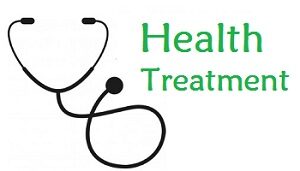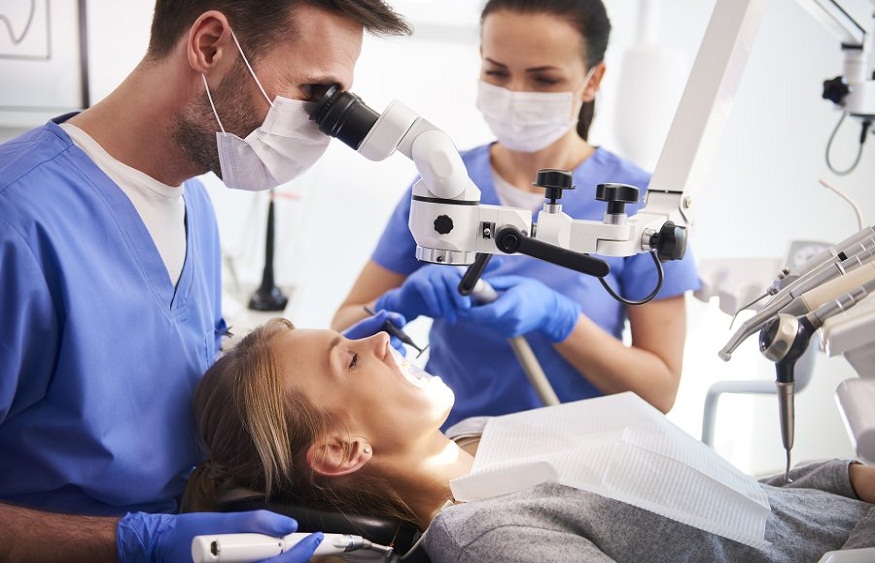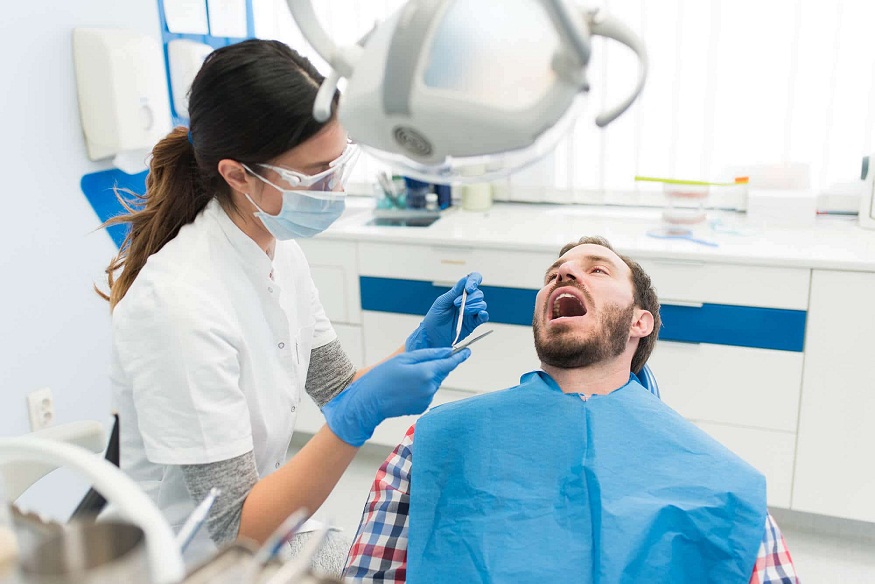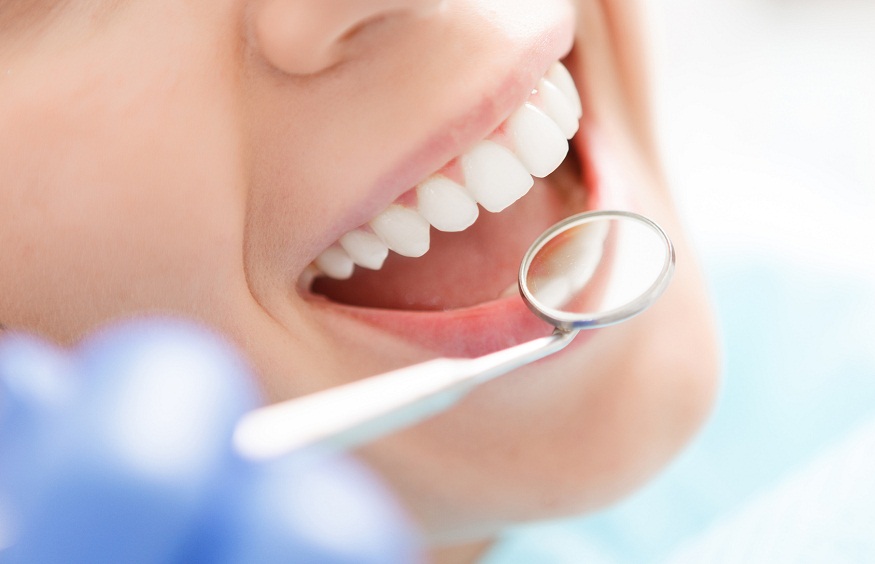Artificial intelligence’s branch, known as machine learning, is the modern trend that has already influenced numerous disciplines, starting with healthcare and ending with dentistry. For example, a Burlingame dentist is incorporating more machine learning to improve patient experience and organization.
A clear example in the dental industry is the application of machine learning methods to large datasets containing patients’ information to find correlations. Using the said algorithms can help enhance the quality of service offered by dental practices. The technology will also factorize patient records, treatment history, and what the agreed guidelines recommend to give more reliable patient needs predictions to assist the dentist in making better choices backed by deep analysis.
What are the Possibilities if Machine Learning is Applied to Personalize Treatment?
Machine learning models help narrow down the treatment course options depending on the patient’s parameters. These algorithms can distinguish certain characteristics, including the medical history of the patient, perhaps a genetic inclination towards the disease, or whether the patient has a high-risk lifestyle, the algorithms can suggest a treatment that will be most appropriate from the list of available treatments given the characteristics of the patient in question.
Such a strategy helps to provide a patient with the care they need quickly and effectively with proven outcomes. For instance, using the machine learning technique, one can be able to recognize which patients are likely to have positive outcomes after a given treatment procedure; this helps the dentist to fashion his or her strategy after the result.
How to Use Predictive Analytics in Patient Engagement?
Predictive analytics, which is one of the core elements of machine learning, is highly valuable for improving the level of patient engagement. Dentists and decision-makers can predict future requirements and trends using epidemiological data and patient behavior. It also means that dental practices can more proactively schedule appointments, recall, and future care.
For instance, if a machine learning model suggests that a patient needs a cleaning after his/her visit history and general oral health, the practice can call the patient to make an appointment. This level of participation helps patients develop trust within their dental caregivers hence increasing the chances of them visiting the dentist as often as they should.
How does the use of Machine Learning change the efficiency of Practice?
The incorporation of machine learning in dental practice offers benefits to the patients and also increases the productivity of the practices. By cutting out time-consuming activities like appointment booking and data inputting, among other tasks, one is therefore able to give more of his or her time in interacting with the patients.
Automated scheduling of practice operations helps machine learning systems detect workflow patterns that bring out the need for adjustments within the practice. In this way, practices are able to utilize their resources better and provide a higher quality of care most of the time, creating a positive impact on patients and dental professionals.
Conclusion
The use of machine learning in dentistry is evident and is making a huge shift across the field. It means that with the help of diagnosis improvements, more effective and personalized treatment, and patient engagement and practice efficiency, machine learning helps create a positive and effective environment for further development of dental care. Technology is set to advance in the future. Therefore dentists like all other specialists are bound to embrace this aspect in consideration of the improved patients’ health and overall health care productivity.




